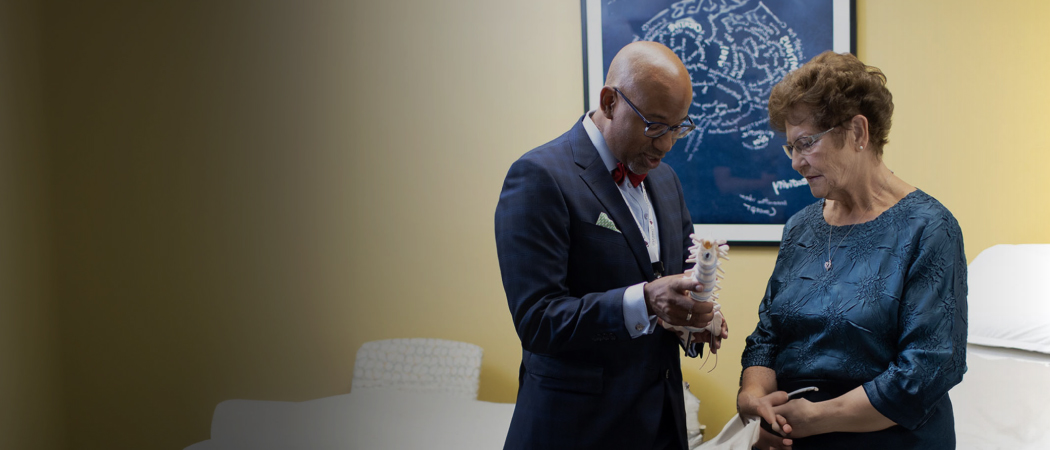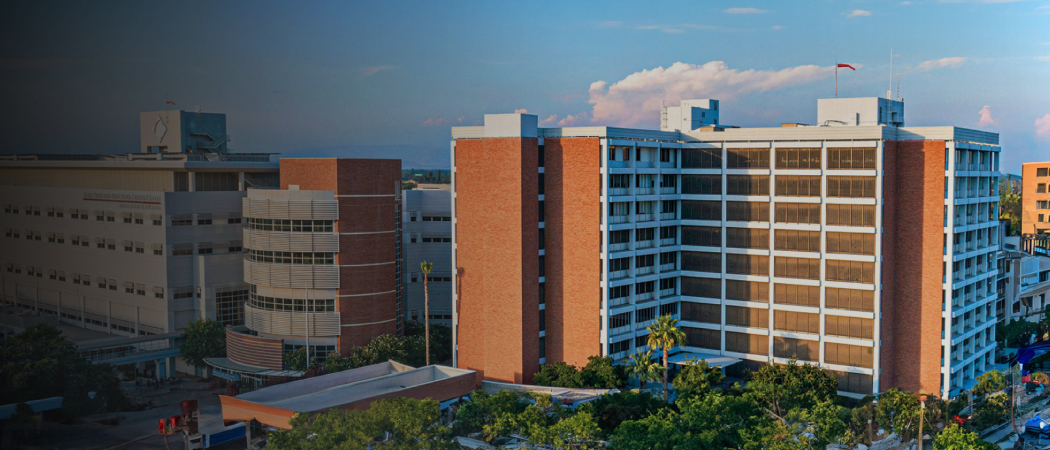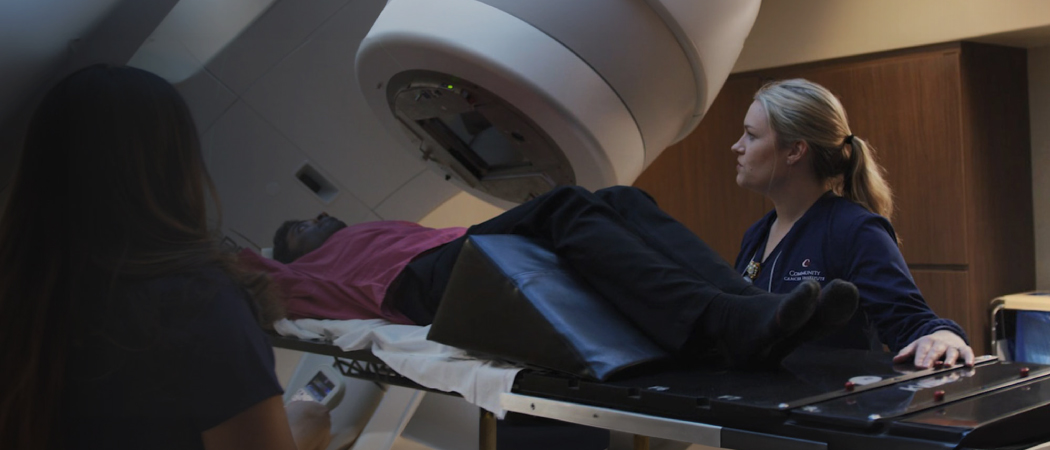


Neurosciences
Focusing on brain, spine & pain
Neurosciences
Community Regional Medical Center
Advanced Comprehensive Stroke Center
Neurosciences
World-class technology without having to leave the Valley
Brain, Spine & Pain — All in One Place
Our nervous system helps us see, walk, talk and take in the world around us. Changes in these abilities, like blurred vision, slurred words, confusion or severe headaches, can be symptoms of underlying disease that requires comprehensive and immediate treatment.
We bring together specialists in neurology, neurosurgery, neurodiagnostics, interventional neuroradiology, stroke and the spine to treat adult and pediatric patients experiencing a wide range of nervous system diseases — including those arriving in our emergency department with head trauma or stroke symptoms.
Using advanced technology, the latest in innovative treatment and, above all else, expertise and care, our team is devoted to providing you and your family with the best-possible outcomes.
How Can We Help You?
If you’re experiencing sudden and severe neurological symptoms such as facial droop, vision problems, difficulty speaking, arm or leg weakness, fainting or seizures, call 9-1-1 immediately.
Awards & Distinctions
Our unique culture of excellent care, provider education and mentorship, world-class technology, support and rehabilitation offers you the best in neurosciences care — without having to leave the Central Valley.
Community Regional Medical Center is the first and only hospital in Central California to receive a “Center of Excellence” designation in neuroscience.
In 2025, Community Regional was recognized nationally by the American Heart Association (AHA) with the Get With The Guidelines® – Stroke Gold Plus quality achievement award. The hospital has received this award every year since 2018.
Also in 2025, Clovis Community Medical Center received the Get With The Guidelines® – Stroke Silver Plus with Target: Stroke Honor Roll Elite award from the AHA.
Community has also been recognized with the following distinctions:
Beacon Gold Award of Excellence
Community Regional Medical Center is one of just seven neuroscience intensive care units in the United States — and the only one in California — to earn a Beacon Gold Award of Excellence by the American Association of Critical-Care Nurses (AACN).
This distinction is given to critical care nursing teams that demonstrate top patient outcomes, strong collaboration with other units, a healthy work environment and best-in-class nursing practices. It means you can expect a program that puts you and your family first.
Advanced Comprehensive Stroke Center
Community Regional is recognized by The Joint Commission as an Advanced Comprehensive Stroke Center — the only hospital in Fresno to be recognized for this advanced level of stroke care, and the only Comprehensive Stroke Center in the five county region (Fresno, Madera, Merced, Kings and Tulare counties).
Primary Stroke Center
Clovis Community Medical Center is recognized by The Joint Commission as a Primary Stroke Center — one of six centers in the Central Valley, and one of just three in the Fresno area.
Advanced Comprehensive Stroke Center
Community Regional Medical Center is certified as an Advanced Comprehensive Stroke Center and has earned the Gold Seal of Approval™ from The Joint Commission.
For more information:
Award-Winning Neuro Intensive Care Unit
Community Regional is the only neuroscience intensive care unit in California to earn a Beacon Gold Award of Excellence by the American Association of Critical-Care Nurses (AACN).
For more information:
American Heart Association’s – Stroke Gold Plus Award
Community Regional Medical Center has been honored with the American Heart Association’s Get With The Guidelines® – Stroke Gold Plus quality achievement award. This recognition highlights the hospital’s commitment to delivering stroke care based on the latest research and evidence-based guidelines.
For more information:
American Heart Association’s – Stroke Silver Plus Award
Clovis Community Medical Center has been honored with the American Heart Association’s Get With The Guidelines® – Stroke Silver Plus quality achievement award. This recognition highlights the hospital’s commitment to delivering stroke care based on the latest research and evidence-based guidelines.
For more information:
We use cookies and other tools to optimize and enhance your experience on our website. View our Privacy Policy.

